Our Markets
Local presence is the key to succeed! Therefore our team of sales professionals are all present in local markets, giving you access to our network of relevant international and local partners, integrators, and end-users in each of those key markets.
Market survey
If these markets are new and unchartered territories to you, we can do a Market Survey focusing on your products and sectors of interest, before making any decisions.
Based on the Market Survey we setup the further strategies and actions. If any! The Market Survey comes with no further obligations or commitments. Reach out to discuss further!

Singapore
Singapore is the undisputed economic capital of Southeast Asia, hosting the Asia-wide regional headquarters for numerous multinational corporations.
The domestic market is dominated by advanced manufacturing driving the Industry 4.0 revolution, contributing to about 22% of the GDP. A sound monetary and stable political situation, in combination with very low corruption and transparent institutions, makes it a friendly and welcoming business climate.

Hong Kong
Hong Kong has always been the gateway to China. And while Hong Kong is technically a Special Administration Region (S.A.R.) of China, its status is still unique in combining the Chinese culture and connection to Mainland China with its British heritage.
The economy is essentially centered around the three pillars of Finance, Logistics, and Manufacturing. With no barriers of access to the market by foreign businesses drives a flow of capital and investments. The container port of Hong Kong is still among the busiest in the world. While most of the manufacturing has moved across the border to China in recent decade, many headquarters are still located in Hong Kong.
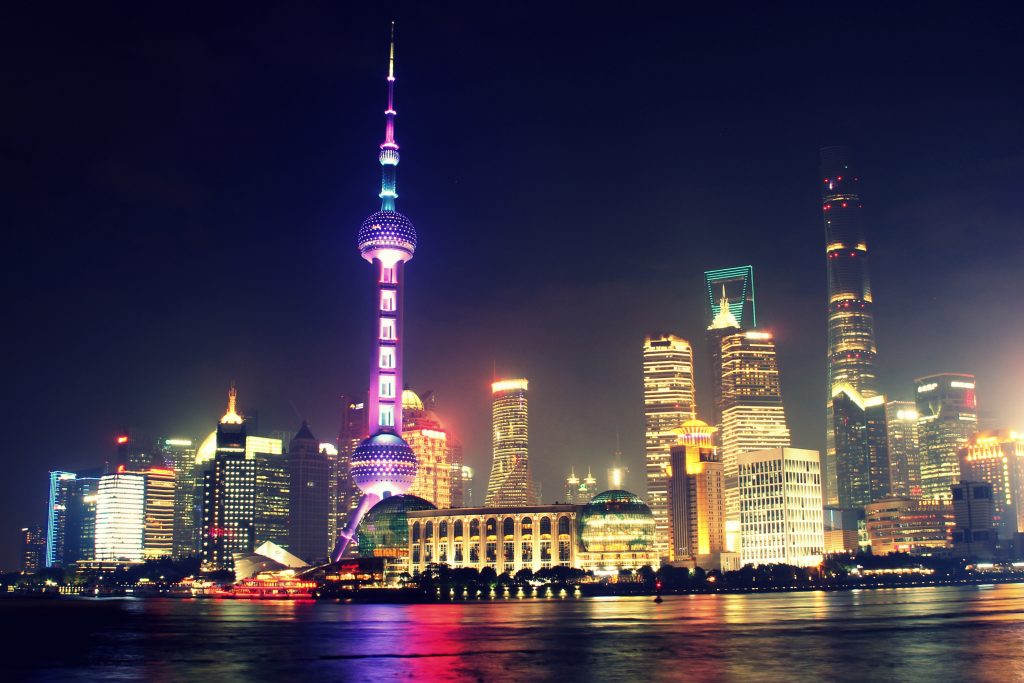
China
As the world’s second largest economy and an average annual GDP growth of 9.5% from 1979 to 2018, China presents some great opportunities. Even if the GDP growth is forecasted to slow down to about 5.5% in coming years, the strong trend of urbanization and a growing middleclass are keeping the up the steam of the Chinese engine.
There is no industry or vertical not present and striving in China.
But the business climate for foreign companies requires a carefully crafted strategy to succeed.

Thailand
Thailand has a fairly well developed infrastructure and investment-friendly policies, with a strong export industry. Together with service/tourism these sectors account for 90% of the GDP. There is also a strong labor-intense agriculture sector.
This 70 million people country the size of France, larger than California (US), has more to offer than just the capital of Bangkok with its 10 million people.
The northern provinces are primarily driven by manufacturing and agriculture, while the south is more linked with tourism.
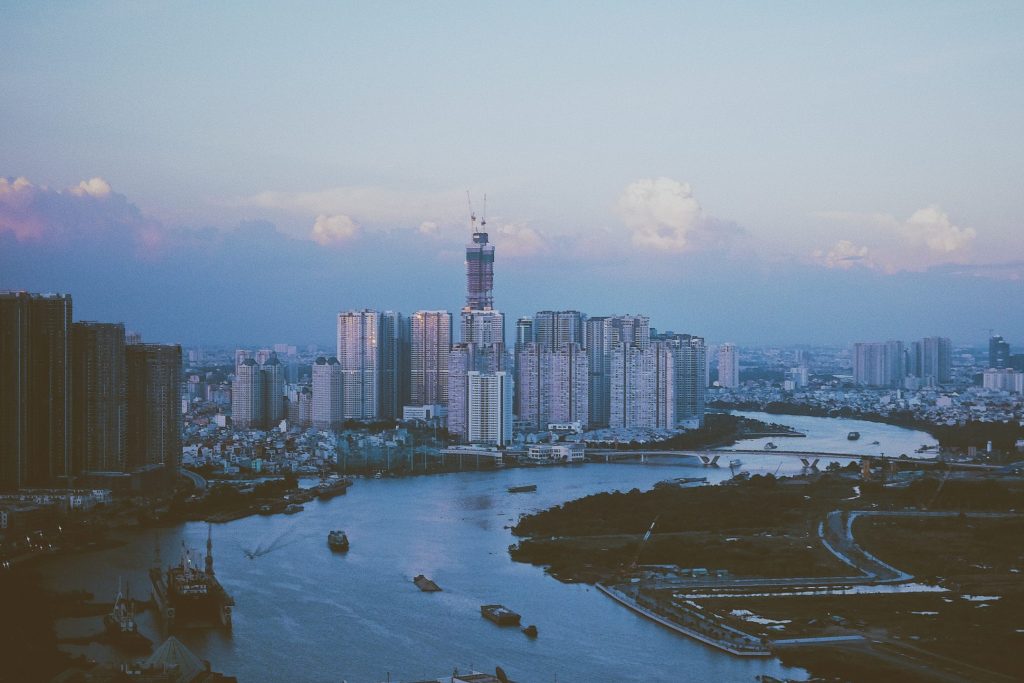
Vietnam
Vietnam’s business capital is Ho Chi Minh City, in the south. With the country’s rapidly growing manufacturing sector over the past decade HCMC is undergoing a transformation with plans for a new airport and a metro.
Since its transformation starting in 1986 to a more industry-based and market-driven economy, the country has seen an dramatic increase of incomes and living conditions.
Apart from manufacturing and infrastructure, also the service sector contributes to the economy.
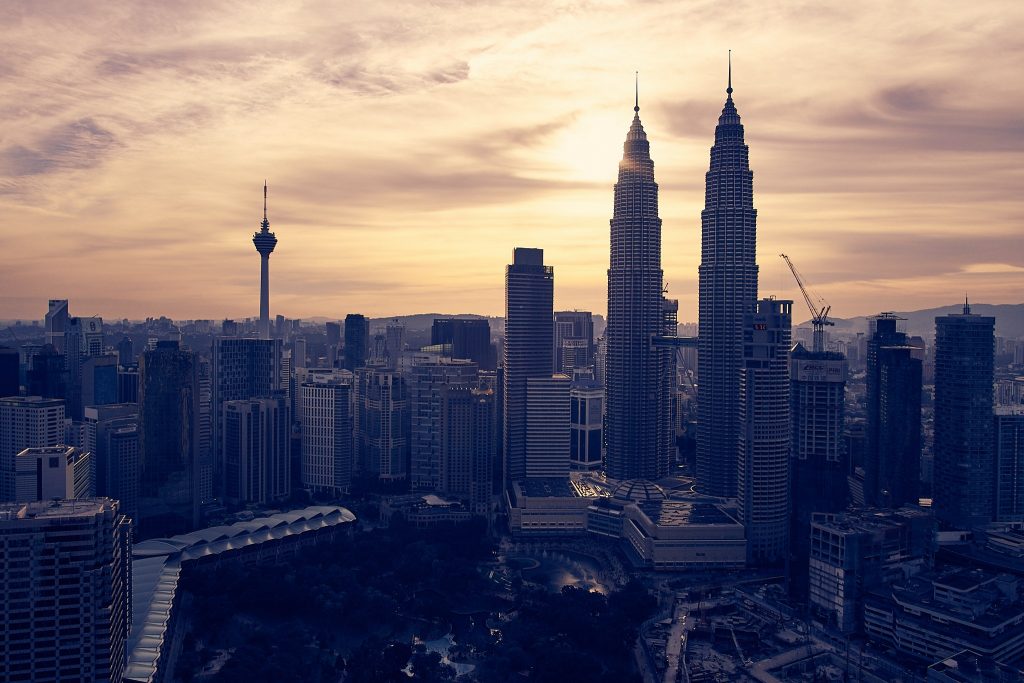
Malaysia
Malaysia is a well developed country in Southeast Asia with a diverse multi-sector economy. The natural resources of Oil & Gas, and minerals, contributes largely to the GDP.
The country is undergoing a transformation to attract more investments in high technology, knowledge-based industries and services. These reforms became necessary with the falling prices of commodities in recent years.
Being a strong manufacturing hub in Southeast Asia, with a well-developed workforce and export-friendly regulations, is also contributing to a solid economy.
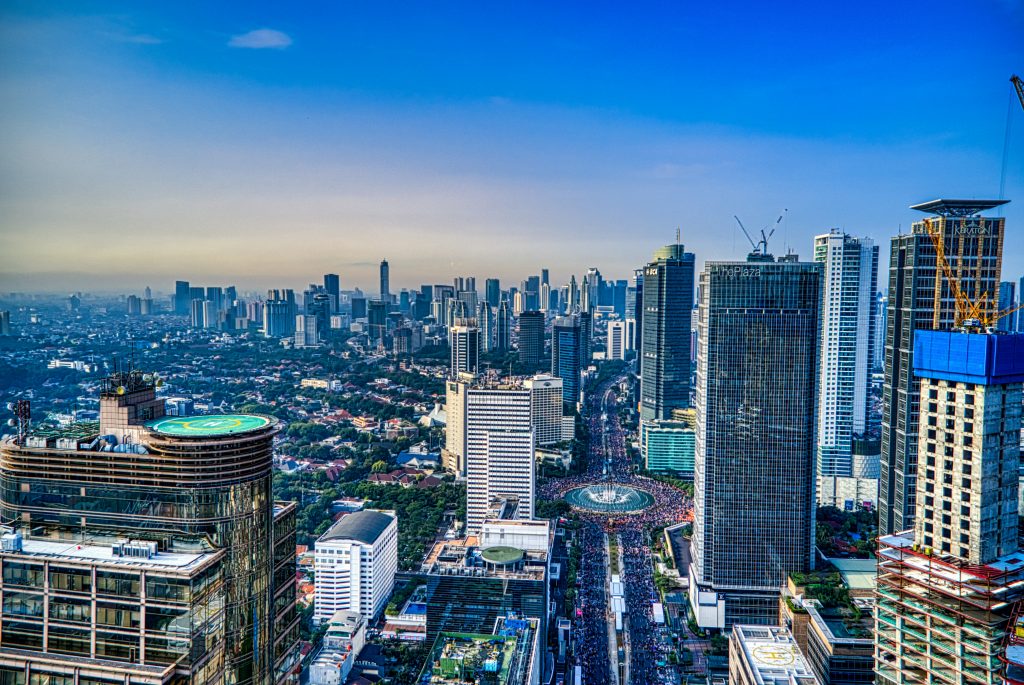
Indonesia
Indonesia has the largest economy in Southeast Asia, and the 7th largest in the world. Despite seeing a slowdown in the GDP growth in the last decade, due to the decline in commodity export, there has been a strong push for large-scale infrastructure projects.
With a population of 264 million people with the about 31 million in the metro area of Jakarta, presents some great opportunities in Oil & Gas, solutions for the many rural provinces as well as infrastructure in and around its cities.
Manufacturing is another important sector for the national economy even though its export is relatively speaking weaker than the other ASEAN countries.
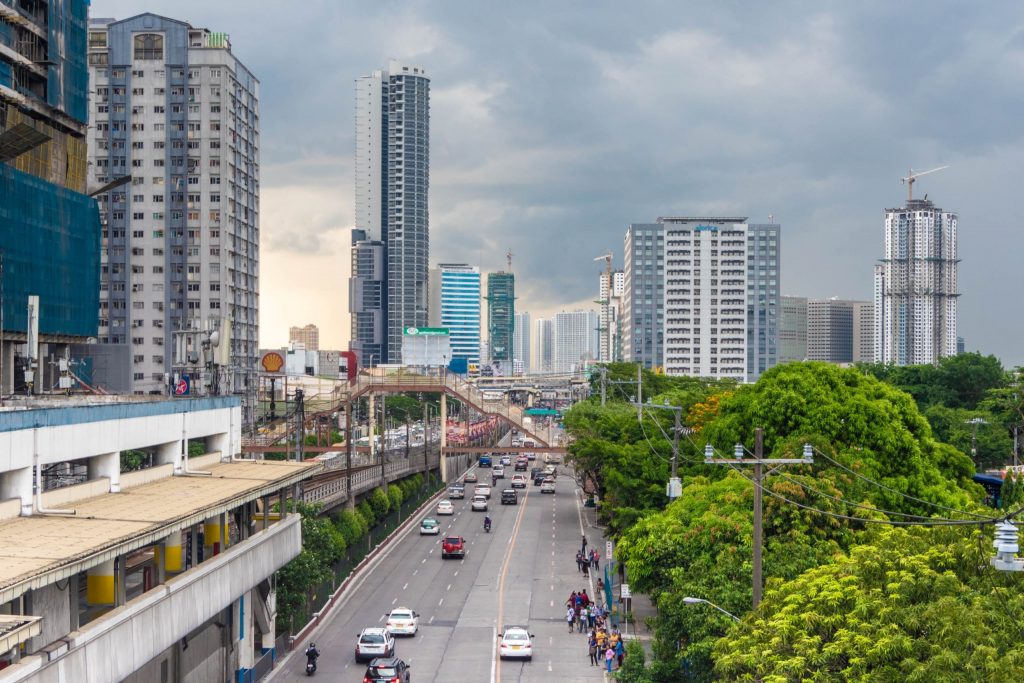
Philippines
Philippines is the second largest country in Southeast Asia by population with its 110 million people. The GDP per capita is relatively low, ranking the total GDP on 29th place in the world.
Thanks to its strong domestic market and less export-dependent economy, it is fairly resilient against global economic turbulence.
The 81 provinces enjoy a fairly strong autonomous ruling, with many initiatives around urbanization – or rather: to stop urbanization by bringing the urban lifestyle to the provinces.
The country has a strong services sector with many call-centers covering a multitude of industries, but also a somewhat strong manufacturing industry.

India
India is the 2nd most populous and 3rd largest economy in the world. Its economy spans from traditional village farming all the way to modern industries and services.
A strong economic driver is the large well-educated English-speaking labor force, mostly within the information technology services sector. This contributes to over 60% of India’s total GDP.
India has developed into an open-market economy over the past three decades, with industrial deregulations and privatization of many previously state-owned corporations.
While many challenges still remains to grow and balance the GDP per capita, it is one of the most important economies in the world with its diverse demands and opportunities.
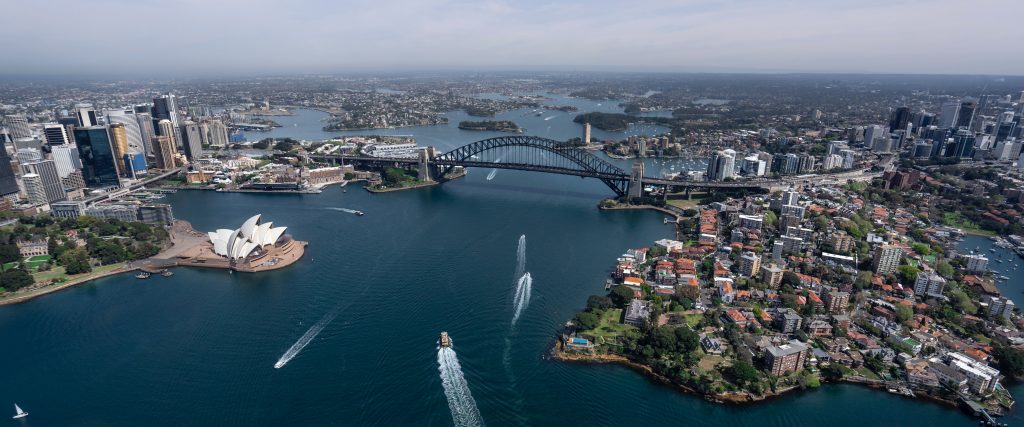
Australia
Australia, almost the size of USA minus the state of Alaska, and a population of 25 million, is one of the most urbanized larger countries in the world.
With its political capital of Canberra the economy is primarily driven by the powerhouses of Melbourne (VIC) and Sydney (NSW), followed by the Queensland and Western Australia capitals of Brisbane and Perth.
While Australia has a very well-developed and diverse economy, its vast landmass presents some challenges. Some of the strongest sectors include mining, farming, and oil & gas.
